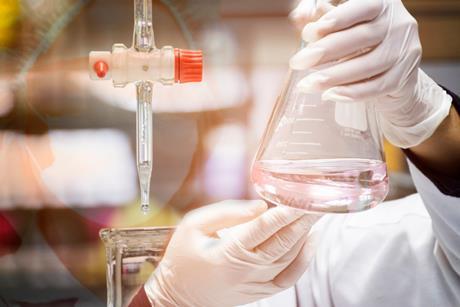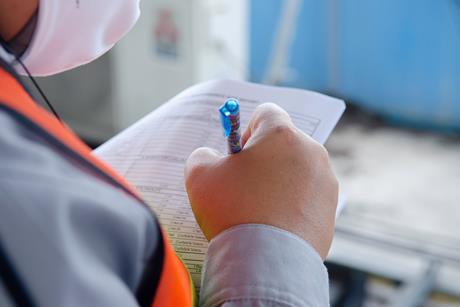One of the fundamental aims of REACH is to improve protection of human health and the environment. To achieve this goal the risks posed by hazardous substances must be suitably controlled.
For many companies, the authorisation process means moving to safer alternative technologies. For others, it may be necessary to seek permission to continue using substances which are subject to authorisation. Such applicants will have to search for substitutes and present a substitution plan where such alternatives are available.
To be subject to authorisation a substance must be included in Annex XIV of REACH, commonly referred to as the Authorisation List.
Transitional arrangements
For each substance listed in Annex XIV the amending regulation includes two key dates, the ‘latest application date’ and the ‘sunset date’.
The sunset date is the date from which importing, using or supplying the substance on its own or in a mixture in the EU/EEA requires authorisation, unless an exemption applies or an application for authorisation of that use was submitted before the latest application date and is still under consideration.
Use of Annex XIV substances outside the EU/EEA is not regulated by REACH; articles produced outside the EU/EEA using or containing Annex XIV substances may still be imported into the EU/EEA after the relevant sunset date, provided no other regulatory controls (such as Annex XVII restriction) provide otherwise.
‘Latest application date’ is something of a misnomer, as an application for authorisation may be submitted after this date. However, in that case, if the application is still pending on the sunset date the EU import, use or supply of the substance must cease while the applicant waits for the European Commission’s decision.
Regulatory process to subject a substance to authorisation
There is a two-step process to subject a substance to authorisation and we will take a look at each step in turn:
Inclusion in the Candidate List: The first of the two steps in subjecting a substance to authorisation is its inclusion in the Candidate List. Not all substances are eligible for inclusion; substances of very high concern (SVHCs) are identified in this way only if they meet at least one of the following criteria:
- CMR categories 1A or 1B
- PBT
- vPvB
- Equivalent level of concern.
Authorisation starts when a Member State Competent Authority or ECHA (on behalf of the Commission) submits an Annex XV dossier proposing the substance is identified as an SVHC. A 45-day public consultation, which takes place either in March-April or September-October, allows interested parties to submit relevant information on the properties and uses of the substance.
Inclusion in Annex XIV: The second of the two-step process is to include the substance in Annex XIV. Once a substance is on the Candidate List, ECHA may draft a recommendation for the substance to be added to the Authorisation List. This ‘prioritisation’ is based on the information available on the uses of the substance in the EU/EEA and on the physical, chemical, environmental and toxicological hazards of the substance.
A three-month period (June-September) of public consultation allows any interested party to comment by submitting information on uses, volumes used, views on the transitional arrangements and possible exemptions. In light of the comments received ECHA’s draft recommendation may be amended; the remarks are also considered by the Member State Committee when preparing their opinion.
The Member State Committee’s opinion is passed to the European Commission for adoption and a regulation to amend Annex XIV is subsequently published in the Official Journal of the European Union.
Registry of intentions
In order to allow companies to prepare for the addition of a substance they use to the authorisation process, a public registry of intentions is accessible. The registry of intentions aims to inform interested parties in advance of Member State or ECHA intentions to propose substances for inclusion in the Candidate List or Annex XIV.
You can call our Helpdesk number on +44 (0) 20 7901 1444. Or e-mail us on enquiries@reachready.co.uk.




